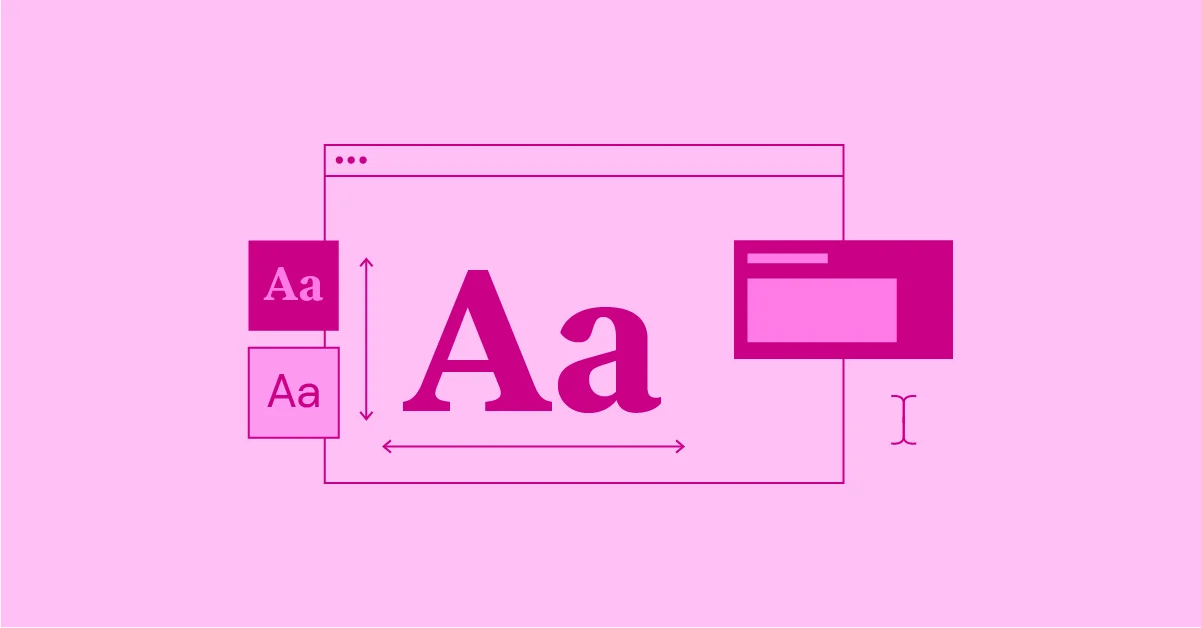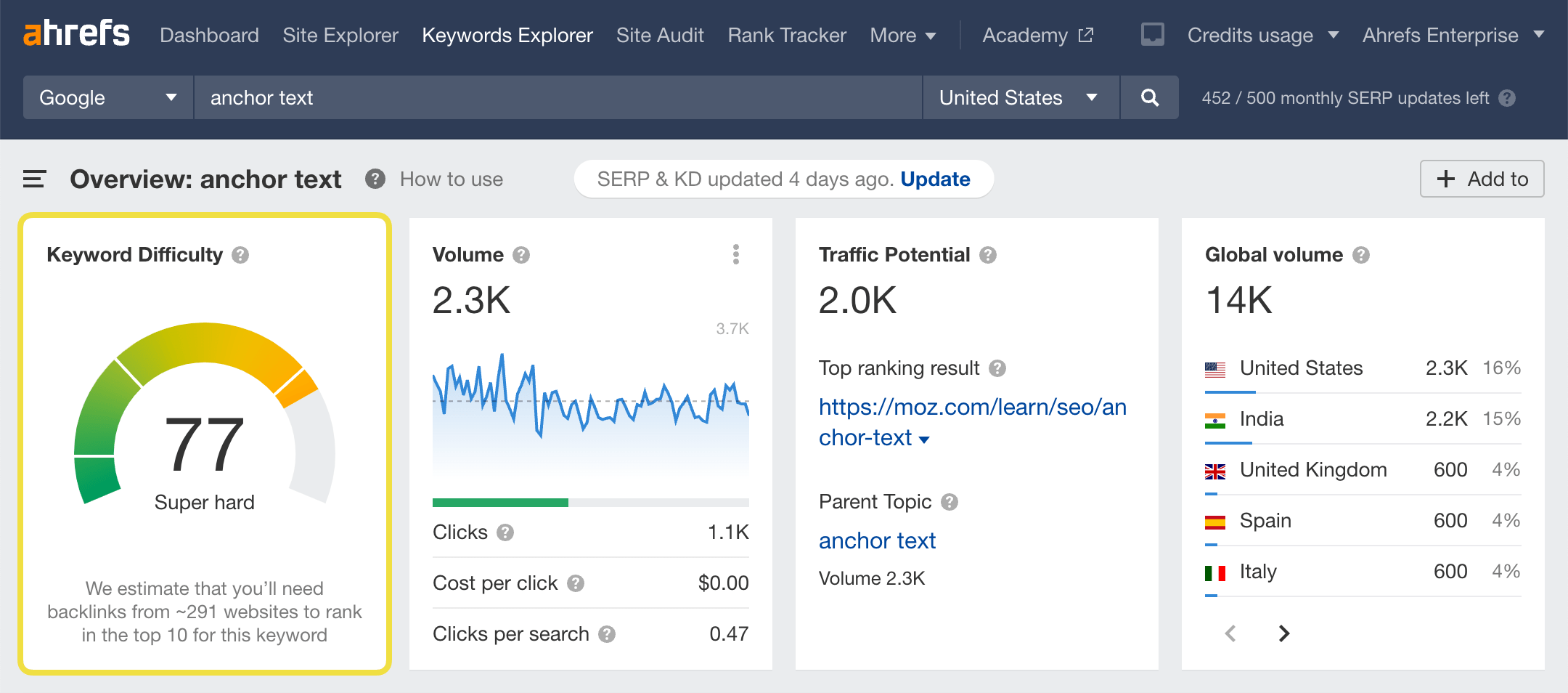Every day there are countlessemailare sent, but without proper authentication, many emails end up being marked as spam. Email authentication is the key to ensuring that messages are trusted and delivered securely. This article will detail the three main email authentication methods - SPF, DKIM, and DMARC - and provide effective steps to implement these methods to help protect domains and improve email deliverability, especially when using theWordPressWhen the website, the mail is guaranteed to be safe and secure.
![Image [1]- Email Authentication Methods: Improving Email Security and Deliverability for WordPress Websites](http://gqxi.cn/wp-content/uploads/2025/05/20250515093527915-image.png)
What is Email Authentication?
Email authentication is the process of confirming the legitimacy of an email sender's domain name. It verifies that an email actually came from the domain it declares. Without authentication, email service providers (such as Gmail, Outlook) It is harder to recognize phishing or spam emails, which often try to trick recipients into revealing sensitive information or clicking on malicious links.
![Image [2] - Email Authentication Methods: Improving Email Security and Delivery Rates for WordPress Websites](http://gqxi.cn/wp-content/uploads/2025/05/20250515093640468-image.png)
Why it matters:
- Preventing counterfeiting: Prevent phishing and impersonation attacks.
- Increased delivery rates: The email goes to the inbox instead of being marked as spam.
- Maintaining Reputation: Builds trust in mail from recipients and Internet Service Providers (ISPs).
with regards toWordPress websiteThe importance of email authentication is even greater because many plugins (such as theWooCommerce,WPForms, Contact Form 7, etc.) automatically sends emails such as order confirmations, customer feedback, notifications, and so on. If these emails are incorrectly labeled as spam, it may affect customer trust. Setting up proper email authentication is crucial for WordPress websites.
Core e-mail authentication methods
1. SPF (Sender Policy Framework)
- define: SPF allows domain owners to specify which mail servers are authorized to send mail on their behalf.
- Working Principle: The recipient's server checks to see if the sender's IP address matches the domain's SPF record, and if it does, the message passes authentication.
![Image [3] - Email Authentication Methods: Improving Email Security and Deliverability for WordPress Websites](http://gqxi.cn/wp-content/uploads/2025/05/20250515093736324-image.png)
SPF Implementation Steps (for WordPress sites):
- Use a tool such as MXToolbox to verify that the current SPF record is correct.
- Log in to the DNS setup and create an SPF record (TXT record) in the following format: ini copy edit
v=spf1 include:_spf.google.com ~allThis authorizes Google's mail servers to send emails on behalf of the domain. For other mailbox providers (such as WordPress mail servers or SMTP service providers), this may need to be adjusted according to the provider's requirements. - Publish SPF records to DNS settings.
If the SMTP plugin is used via an SMTP plugin such asWP Mail SMTP(or Post SMTP) to send emails, be sure to configure SPF logging to avoid emails being misdiagnosed as spam.
2. DKIM (Domain Name Key Identification Mail)
- define: DKIM is an email authentication method that adds a digital signature to outgoing emails to ensure that they have not been tampered with in transit.
- Working Principle: The sender signs the message using the private key, and the recipient's server verifies the signature using the public key published in DNS.
![Image [4] - Email Authentication Methods: Improving Email Security and Delivery Rates for WordPress Websites](http://gqxi.cn/wp-content/uploads/2025/05/20250515093805993-image.png)
DKIM Implementation Steps (for WordPress sites):
- Log in to your email provider's administration console (e.g. Google Workspace, Microsoft 365, etc.).
- Copy the supplied CNAME record.
- Adds a CNAME record to the DNS.
- Verify that the DKIM configuration is correct using a tool such as MXToolbox.
with regards toWordPress websiteIf you are using a mail delivery service (such as theSendGridIf you are using a DKIM service (e.g., Mailgun or SMTP server), these services usually provide DKIM records. Simply add these records to your DNS settings to ensure that all mail sent through these services is DKIM authenticated.
3. DMARC (Domain-based Message Authentication, Reporting and Conformance)
- define: DMARC builds on the strengths of SPF and DKIM by allowing domain owners to control how unauthenticated email is handled.
- Working Principle: DMARC policies determine whether to accept, quarantine, or reject unauthenticated e-mail.
![Image [5] - Email Authentication Methods: Improving Email Security and Delivery Rates for WordPress Websites](http://gqxi.cn/wp-content/uploads/2025/05/20250515093824359-image.png)
DMARC Implementation Steps (for WordPress sites):
- Add DMARC records (TXT records) to DNS:
v=DMARC1; p=none; rua=mailto:dmarc-reports@yourdomain.com; - surname Cong
p=none(monitoring mode), and gradually adjusted to the actual situation toquarantinemayberejectThe - Monitor email authentication with DMARC reports and optimize the configuration over time.
in the event thatWordPress websiteRelying on email functionality (e.g., customer registration notifications, comment notifications, etc.), implementing DMARC authentication reduces the risk of emails being flagged as spam and ensures that if an authentication failure occurs, you are notified in a timely manner so that it can be addressed.
How to check your authentication settings
To check the authentication settings of an email, look at the original header of the email.
![Image [6] - Email Authentication Methods: Improving Email Security and Delivery Rates for WordPress Websites](http://gqxi.cn/wp-content/uploads/2025/05/20250515093843653-image.png)
Or use the tool below:
- MXToolbox
- Google Postmaster Tools
These tools help verify that the SPF, DKIM, and DMARC settings are correct and ensure that theWordPressnodeof all emails can be delivered to the inbox without any problems.
reach a verdict
SPF, DKIM, and DMARC are key elements in ensuring that the electronicmailsThree core authentication methods for security and improved mail delivery. Start by implementing SPF authentication, then add DKIM to ensure email integrity, and finally use DMARC to completely control how unauthenticated email is handled. Regularly review your settings with tools like MXToolbox to keep email communications secure and efficient.
![Image [7] - Email Authentication Methods: Improving Email Security and Delivery Rates for WordPress Websites](http://gqxi.cn/wp-content/uploads/2025/05/20250515093556616-image.png)
Recent Updates
Link to this article:http://gqxi.cn/en/54469The article is copyrighted and must be reproduced with attribution.
























![Emoji[jingya]-Photonflux.com | Professional WordPress repair service, worldwide, rapid response](http://gqxi.cn/wp-content/themes/zibll/img/smilies/jingya.gif)






No comments